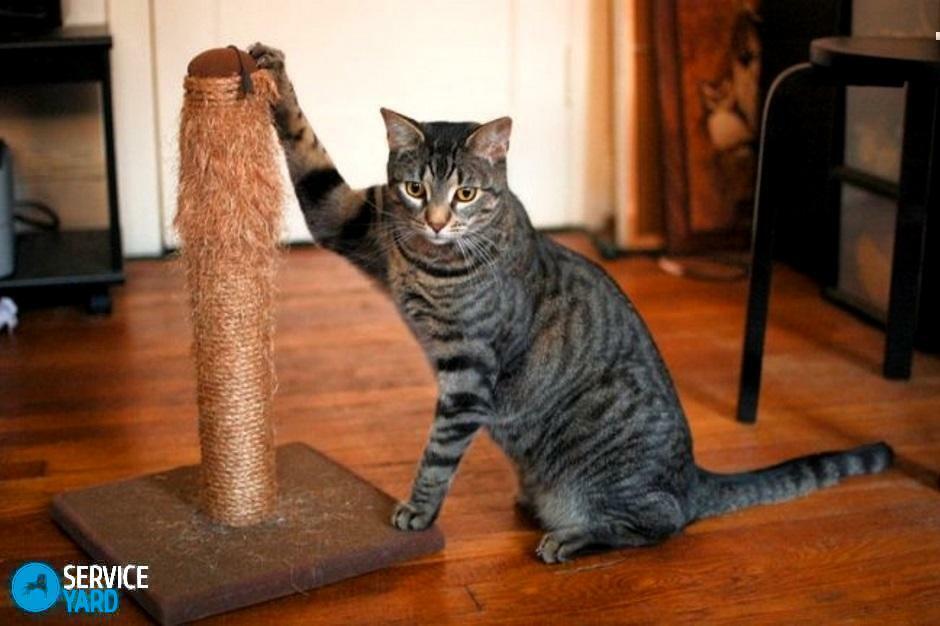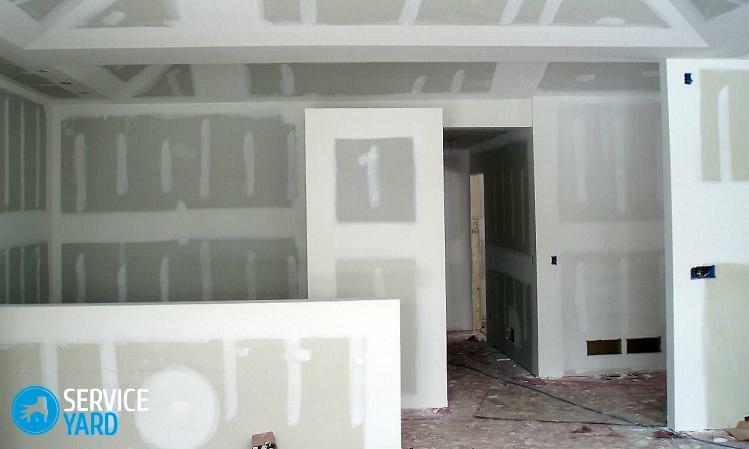
- Reasons why the microwave stopped heating food
- How to determine the cause of the breakdown?
- Next stage of analysis
- Electromagnetic lamp
A warm and healthy breakfast is the key to a successful day. Enjoy our meal makes the presence of microwave, because it is not always possible to eat food with a heat with a heat.
But what if there were technical problems with the microwave oven? Microwave does not heat, but it works - what should I do? Repairs with their own hands are possible, and we need to look for a way out of the situation, since not everyone will want to allocate an amount to buy a new device. In order to understand whether a master's help is required, we must understand the reasons for this strange behavior of the microwave oven. Let's get acquainted with all the nuances of this case.
to the contents ↑Reasons that the microwave stopped heating food
Everyone likes to eat hearty. The temperature of the dish is also a culinary nuance, but it happens that the microwave oven refuses to do its job. This problem can be caused by the following reasons:
- There is not enough power for the power supply.
- The breaker is broken on the front panel of the device or inside it.
- The mains fuse has failed.
- The housing contains a high-voltage fuse. It can also break down.
- The fuse inside the transformer is blown.
- The problem inside the doubler, touching the diode.
- The problem inside the doubler, concerning the capacitor.
- The transformer has ceased to perform its function, so the power supply to the control panel is discontinued.
- "Passed" pass-through capacitor.
- The electromagnetic lamp has stopped working. It is also called "magnetron".
How to determine the cause of the failure?
It is necessary to arm yourself with instructions and understand how the microwave oven works. Many of the manuals explain the reason why the microwave does not heat, but it works, what to do in such situations. In this manual it is very easy to find the answer to the question of interest and take any measures with his help.
What to do next, to repair the microwave oven with your own hands, if it does not warm:
- First, you need to measure the voltage of the network. The slightest deviation will directly affect the quality of the device.
- The next step is to de-energize the microwave. Safety measures are the basics of school physics. We take in hands "tsshku", we include an ohmmeter and it is necessary to analyze further work of the switch which is located on the door of the furnace. Now we need to remove the cover, getting rid of the screws that hold it.
- Then it is necessary to tackle the mains fuse. Visually determine the presence of a defect is not difficult: if the wire is black, then it is burned, but it's better to be safe and walk around with a multimeter here.
- Now it is necessary to check with the same ohmmeter the high-voltage fuse located in the casing. If the device shows at least some resistance, then things are not so bad.
- We search inside the microwave for a fuse on the transformer and check it in the same way: with an ohmmeter and visually.
- Next, you have to climb into the multiplier and check the operation of the diode and capacitor. The "trough" will help to determine if the conder is OK, even though it works on alternating current:
- If all goes well, then the tester's arrow will go to infinity, as the capacitor "intercepts" a small charge from your tester.
- If the arrow does not move, the contacts are broken.
Important! Also a bad sign is the presence of resistance - this means that the capacitor has experienced a breakdown. The diode is easier to replace immediately with a new one, in order to avoid fuss with a check. A new diode costs ridiculous money.
All right? The microwave turns on, but does not heat, what's the problem? We need to get even deeper!
to the contents ↑Next step of the analysis
Take a closer look at the work of the radio amateurs and test the pass through capacitors of the filter that are located on the body of the electromagnetic lamp.
Before starting the test, discharge the conductors with an electric screwdriver, which has a handle isolated. You just need to close the conclusions to the ground in turn. One probe of the "chash" is placed on the outlet of the tank, and the second one is grounded on the metal case:
- The zero resistance that the ohmmeter can show will mean that everything is fine.
- If the resistance takes any values, you will have to replace the old part with a new one.
Then it is necessary to check the contacts of the gaskets for the breakdown by the same tester. The normal resistance between the contacts takes values in the region of one tenth Ohm.
Again, take your favorite "tsshku" and climb into the winding of the transformer. Voltage on the primary winding during the operation of the microwave should correspond to 220 Volts.
to content ↑Electromagnetic lamp
The magnetron self-generates electromagnetic waves at a certain frequency when the magnetic field and electric current interact. Visually evaluate the soldering quality of the filter inductances and the integrity of the installed terminals that supply the magnetron and the through capacitors.
Cause in terminals or broken contacts? You need a soldering iron and your hands. Elimination of such problems should not cause questions.
Now with the help of a measuring device, it is necessary to check the resistance of the filament of the electromagnetic lamp. The value should vary within 2-3 ohms. If everything is OK, but the microwave does not work anyway, then the problem is in the magnetron itself.
Important! Do not mend the powerful lamp yourself. It is better to use the services of a qualified specialist.
Also there is an option with the acquisition of a new magnetron. To do this, you need to find and write down in the notebook all of its technical parameters: output power, cathode voltage, filament current and voltage, anode current. It is best to purchase the device in a workshop.
As you can see, the reasons why the microwave does not heat, but works, is pretty much, as are the ways to solve such a problem. If you do not understand the device and the principle of operation of this technique, it is better to refuse self-diagnosis in favor of a professional. If you have the skills and are ready to dig deeper with the device to find out the cause of its failure, then forward to new accomplishments! Just be careful.



